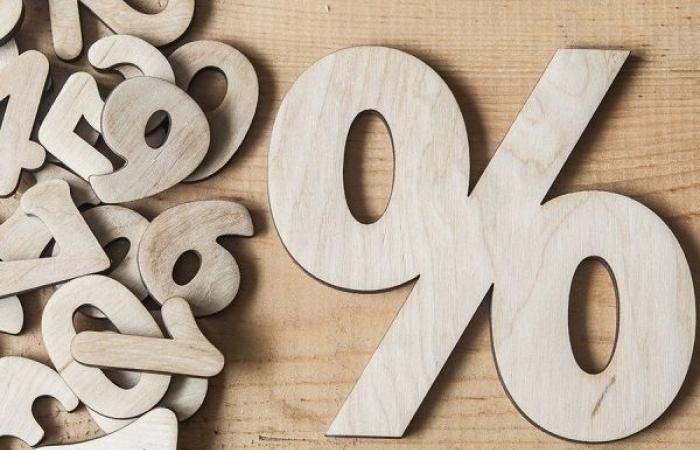This meeting takes place, in fact, in a context marked by a slight increase in the inflation rate and a slowdown in the growth of bank credit to the non-financial sector.
According to the High Commission for Planning (HCP), the consumer price index (CPI) recorded an increase of 0.4% last May compared to the same month of 2023. This increase is the consequence of the increase in the index of non-food products of 1.7% and the drop in that of food products of 1.2%.
In addition, recent monetary statistics from BAM show that the money supply (M3 aggregate), amounted to 1,769 billion dirhams, was marked by the deceleration of its annual growth to 4.2% in April 2024. This development is attributable to slowdown in the growth of bank credit to the non-financial sector from 3.4% to 2.7%, and a fall in net claims on the central government by 0.4%.
For all these reasons, to which is added the probable start of a new cycle of monetary easing by the main international central banks, in particular the European Central Bank (ECB) which decided at its last meeting to lower its key rates by 25 basis points (pbs), the expectations of analysts and professionals in the sector are counting on the key rate remaining at its current level.
Investors almost unanimous in the status quo
In this sense, BMCE Capital Global Research (BKGR) estimated, in its recent “Flash Strategy”, that the Issuing Institute should opt, once again, for a status quo at its next quarterly meeting.
“Although on track to consider the upcoming adoption of a more dovish (editor’s note: more accommodating) monetary policy, given the easing of inflation which continues to approach its target level of 2%, the central bank should, nevertheless, opt once again for a status quo, in particular to give itself time to measure the impact of the partial decompensation of butane on inflation,” BKGR said.
In the same vein, Attijari Global Research (AGR) was able to note, in its “Research Report-Strategy”, an almost unanimous consensus of investors in Morocco in favor of stability of the BAM key rate.
Thus, based on the results of the survey carried out by the subsidiary of Attijariwafa Bank among a sample of 35 investors considered among the most influential in the financial market, the probability of a status quo of the key rate is 93% against 7 % for a cut of 25 bps, while the probability of an increase in the key rate is zero.
By category of investors, the analysis of the responses obtained reveals that the “Local Institutionals” and the “Reference Players” are unanimous in favor of the scenario of stability of the key rate.
“Foreign Investors” grant, for their part, a probability of 95% for the scenario of a status quo of the key rate against a probability of 5% for a reduction of 25 bps, while “Individual Persons” grant a probability of 67% for the scenario of maintaining the key rate unchanged compared to a probability of 33% for a reduction of 25 bps.
It appears that the likelihood of maintaining the BAM key rate at 3% is largely predominant among analysts and investors, reflecting widespread confidence in the current price stability strategy, despite slight fluctuations in inflation. and the slowdown in the growth of bank credit to the non-financial sector.
MAP / Manal Ziani






